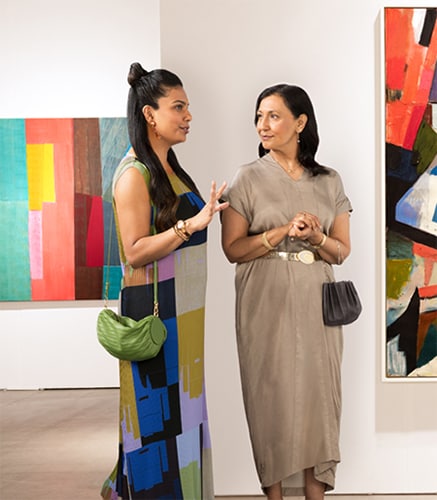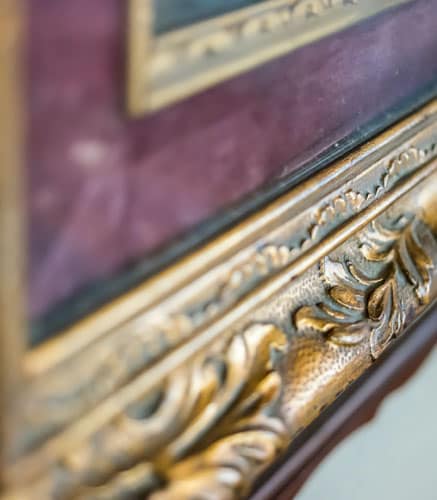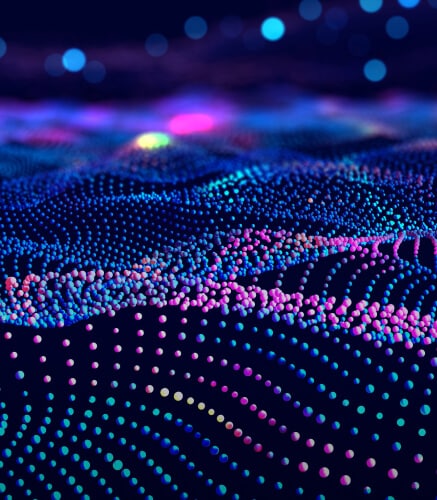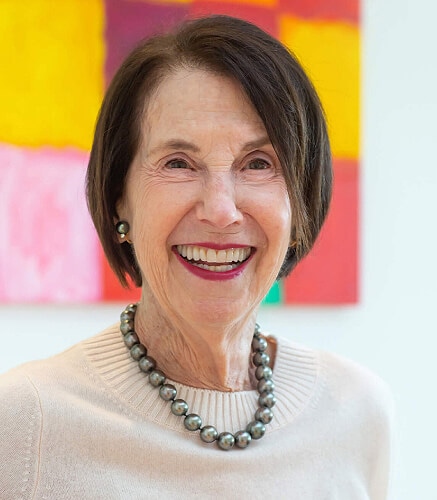Chicago artist Amanda Williams drew on a lifetime of inspiration to create her signature Color(ed) Theory, but her activity since suggests she has much more to say on the ideas that fueled its creation.
Color. Space. Race.
For many, the infinite ways that these three elements intersect — from where we live to the items we purchase to how we interact with one another — either goes largely unnoticed or, if one does stop to consider the sum effects of such dynamics, seems almost too complex to take on. But these are exactly the sort of questions that Chicago artist Amanda Williams has been asking — and answering — her entire life.
Born and raised in the city’s South Side Auburn-Gresham neighborhood to an accountant father and insurance executive mother, Williams attended the highly prestigious University of Chicago Laboratory School. It was, she says, on these commutes — between the sporadically disinvested South Side neighborhoods and the hallowed halls of what locals simply refer to as “Lab” — that she began forming many of the ideas that would ultimately shape her architectural and artistic practice.
“There was something very influential about moving through space like that,” says Williams, who now lives in the near-South Side neighborhood of Bronzeville with her husband and two daughters. “The disparities were so visually obvious. Even as a child without the vocabulary to describe it, there was an understanding that all space is not created equal and that there was, as people said, at least two Chicagos.
Color(ed) Theory series
In her signature project, Amanda Williams painted eight condemned houses in and around the South Side Chicago neighborhood of Englewood. The colors were inspired by hues from everyday life familiar to locals of her generation.
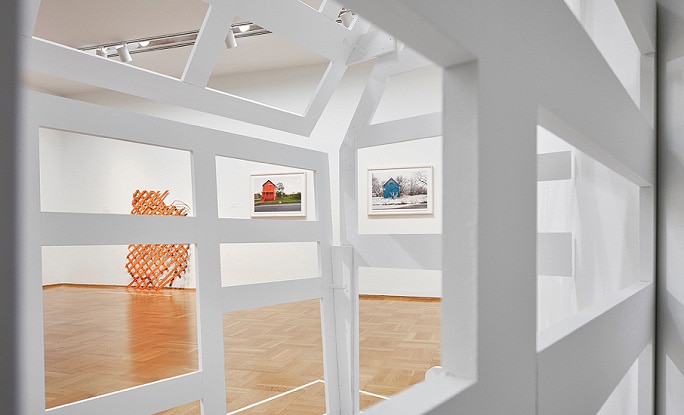
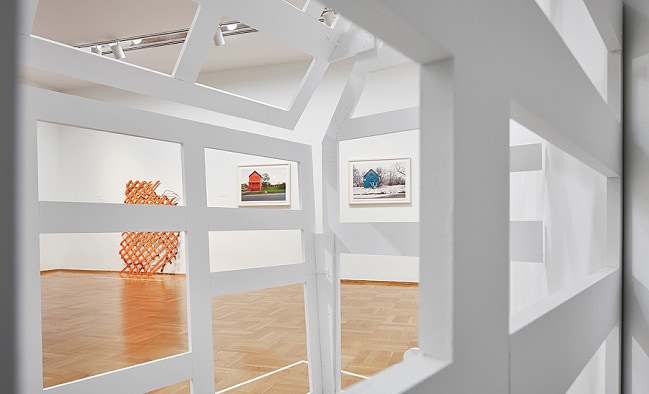
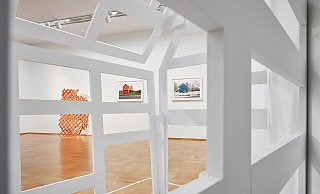
“It was also where I first developed a sense of beauty inspired by things that had been deemed blighted, a kind of urban palimpsest… sides of buildings or mangled building remnants displaying the layered history of the spaces, the formal compositions of which are no different than a Rauschenberg or perhaps even a John Outterbridge assemblage.”
Indeed, Williams cannot remember a time she was not fascinated by color. “No I do not!” she says when asked if she can recall a particular moment that she became aware of her passion. “I have been obsessed with color my whole life. There was, though, probably a moment that I realized it was not natural — that not everyone was like that. I remember thinking, ‘I just wish I could eat this red!’ Or, ‘I want to be enveloped by red!’”
Raised by hugely supportive parents who fostered her creative instincts, Williams studied architecture at Cornell and, after graduation, practiced commercial architecture in the Bay Area during the late ’90s-early 2000s dot-com boom. As a result of such a high volume of high quality projects, she was able to gain experience that architects from other eras might have taken decades to accumulate. Yet fine art had been a lifelong passion. Though, to her, the disciplines of art and architecture are not distinct practices, she made the decision to pursue a full time artistic practice in 2004. A return to Chicago shortly followed. “It was a very intentional decision,” she says of the return home. “I wanted to be closer to my family, but I was also becoming engrained in the community of Oakland. I loved Oakland, but I knew the community I really wanted to be invested in and put my energy into was Chicago.”
While Williams had been exhibiting her work steadily since the early 2000s, it was upon her return home that she would embark on a project that would set the art world on fire. Between 2014-2016, working with close friends and family, she painted eight condemned houses in and around the South Side neighborhood of Englewood in hues that had been part of daily life in the South Side Chicago African American community when she was growing up. These included “Ultra Sheen,” “Harold’s Chicken Shack” and “Pink Oil Moisturizer.” The result was structures that existed in a provocatively engaging space between vibrancy and desolation. Why were these homes, in particular, vacated? How were they valued, and by whom? And who had cared enough about them to coat them in one more, final, layer of paint — this time in such familiar, lively tones? Eventually titled Color(ed) Theory, the project made waves across the national art landscape.
Cadastral Shaking (Chicago V1)
Amanda Williams reimagined historic Chicago redlining maps for this work, which then-mayor elect Lori Lightfoot requested on-site for her 2019 inauguration.
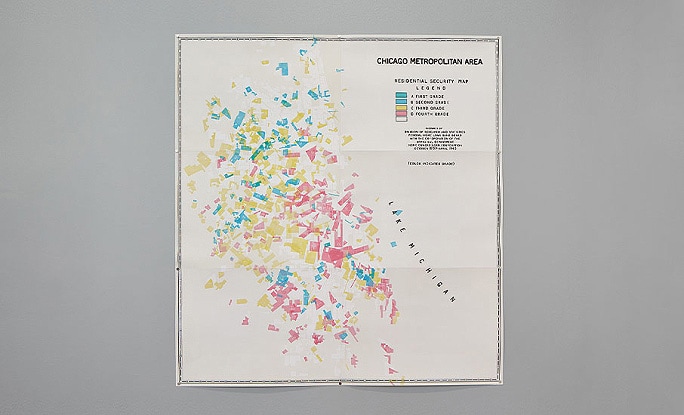
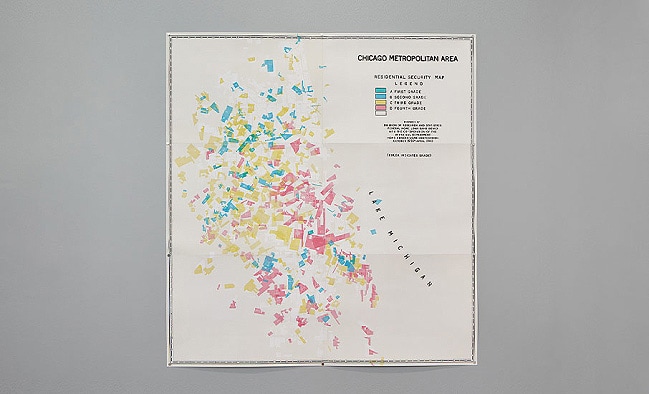
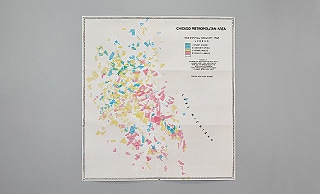
“It was very much a turning point in terms of people paying attention to what I was doing,” says Williams. “But it really was a long, natural progression. To anyone who knows me, from family to architecture school friends, it was kind of obvious that it was the type of project I would make. It’s what my architecture thesis was on. But it was definitely a pivotal moment and a breakthrough in that… I wanted to treat color as a dual signifier of both race and chromatic material in an artistic medium.
“You know, I’m a card-carrying modernist; that was a part of my formal training. Those compositional principles are things I love just as much as I love 79th Street. So I’m positioned to mesh those two concepts in a way that many of my contemporaries are not.”
With praise for the project coming from corners near and far, Williams was in high demand. In addition to numerous museum acquisitions of her work, the list of exhibitions, collaborations and projects she was asked to join over the two years that followed is too extensive to detail here. But highlights include a solo exhibition at the Museum of Contemporary Art Chicago, serving as consultant on the Obama Presidential Center, collaborating on a sculpture for the courtyard at the U.S. Pavilion of the 2018 Venice Architecture Biennale and, with fellow architect-turned-artist Olalekan Jeyifous, winning a commission for a monument to Shirley Chisholm, the first African-American woman elected to Congress, in Brooklyn’s Prospect Park. Perhaps the most dramatic moment was when then-mayor-elect of Chicago Lori Lightfoot’s team pulled out all of the stops to ensure that Williams’ Cadastral Shaking (Chicago V1), a reimagining and re-presentation of historic Chicago redline maps, was moved from an exhibit at the Smart Museum to her new office in time for her inauguration in less than 24 hours. The endeavor, the story goes, took only slightly less coordination than the inauguration itself.
“I think what will stick with me most from this period is how historically rare it is for a woman artist of color to have several high profile opportunities to simultaneously test out evolving ideas in real time and at full-scale ,” says Williams. “Even though these recent projects take on different visual forms, they’re questioning the same ideas. Normally, artists develop concepts at the scale of a sketch model or a drawing – not physically occupiable by a human. To have so many avenues presented all at once to practice in public is a huge privilege and honor. It’s not something I take lightly.
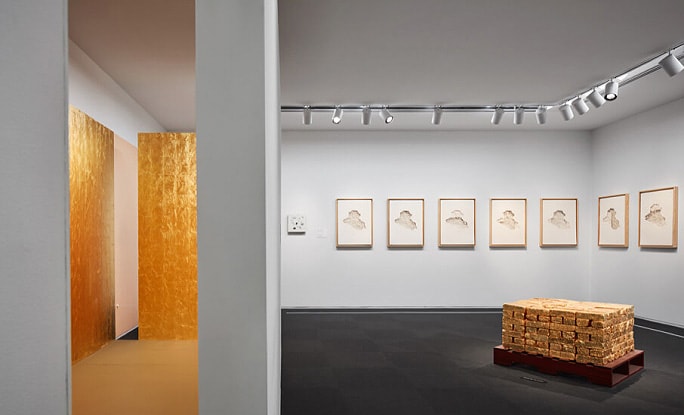

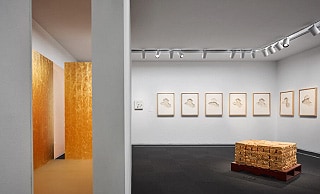
My mother recently said, ‘I don’t see these next few years being any slower than the previous years,’” she says.
With the reactions her work continues to elicit from both the public and critical circles, that is one pattern that is unlikely to ebb anytime soon.
